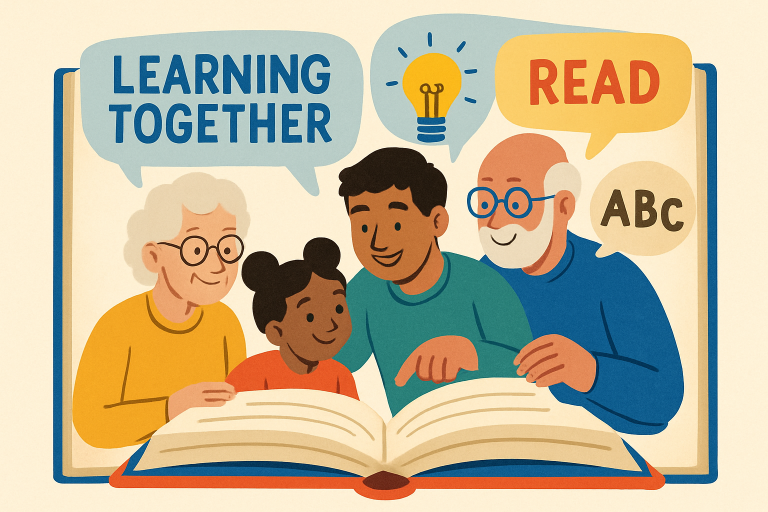Menu list
- Why Use Illustrated Books for Learning?
- Key Elements of Effective Educational Illustrations
- How Illustrated Educational Books Support All Ages
- Accessibility and Diversity in Illustrated Educational Materials
- Digital Versus Print: The Evolving Landscape
- Tips for Engaging Multisensory Learners
- Looking Forward: The Future of Illustrated Educational Books
Why Use Illustrated Books for Learning?
Illustrated educational books bridge information and understanding, making complex topics easier to grasp for all ages. Carefully crafted visuals break down concepts into digestible segments, aiding memory and engagement. These books have been crucial in education for centuries, combining visual literacy with text to foster inclusive, curiosity-driven learning. Whether teaching language, science, or history, well-illustrated books turn abstract ideas into accessible stories. Visual diagrams can clarify cell biology or bridge mechanics. These beloved books demonstrate how illustrations make complex ideas approachable and memorable for children and adults alike.
Key Elements of Effective Educational Illustrations
Visuals should emphasize the essential idea, remove unnecessary details, and relate to learners. Precision is crucial in scientific and mathematical subjects to prevent misconceptions. Smart use of color and layout can guide attention and make the design more inviting. Combined with concise text, these elements create a compelling educational experience that reinforces learning objectives, like the final link in speech therapy, which helps bridge communication gaps and strengthen overall understanding. Thoughtfully crafted visuals enhance comprehension and inspire confidence in learners as they engage with complex material.
How Illustrated Educational Books Support All Ages
Illustrated learning isn’t just for children. While young learners use visuals to interpret text, older students, teens, and adults also benefit from illustrated materials. Visual explanations like infographics, timelines, comic panels, or anatomy diagrams condense dense text into understandable snippets, aiding comprehension. In health education, graphic medicine and illustrated guides help various ages and literacy levels understand medical procedures. Similarly, adults learning technical skills or languages benefit from visual cues. This adaptability makes illustrated educational books valuable in classrooms, libraries, and beyond.
Accessibility and Diversity in Illustrated Educational Materials
Modern illustrated educational books aim to promote accessibility for all, regardless of learning differences or language. Visual storytelling helps learners with dyslexia, non-native speakers, or auditory challenges access information without barriers. Intentional illustration representation supports social-emotional growth, allowing children and adults to see themselves in stories and academic settings.
Diverse characters, inclusive environments, and adaptive visuals help all readers feel connected and confident. As awareness grows, publishers and illustrators commit to greater diversity, ensuring every learner finds relevance in these pages.
Digital Versus Print: The Evolving Landscape
Digital technology has revolutionized educational books, with e-readers, tablets, and apps offering features like zooming, interactive quizzes, and spoken language, surpassing print in interactivity. Yet, print remains valuable for tactile learning, focus without distractions, and the pleasure of turning pages. Blended learning, combining print’s sensory benefits with digital’s accessibility, helps tailor experiences, boosting engagement and understanding across platforms.
Tips for Engaging Multisensory Learners
Multisensory teaching methods combine written explanations with visual guides, incorporate sound, movement, and interactive features, encourage learners to create their own drawings or notes, and use graphic novels or visual storytelling techniques to communicate abstract, historical, or emotional content. These approaches stimulate different brain parts, sustaining attention and reinforcing learning for diverse individuals.
Looking Forward: The Future of Illustrated Educational Books
As technology advances, illustrated educational books are set for major changes. AI, interactive storytelling, and personalized digital experiences are boosting creativity and meeting learners’ needs. The focus on fair representation and inclusivity will ensure libraries, classrooms, and homes are filled with diverse visual stories. Whether teaching basics or complex topics, these books will remain key for accessible, memorable, and inspiring learning at all ages.





